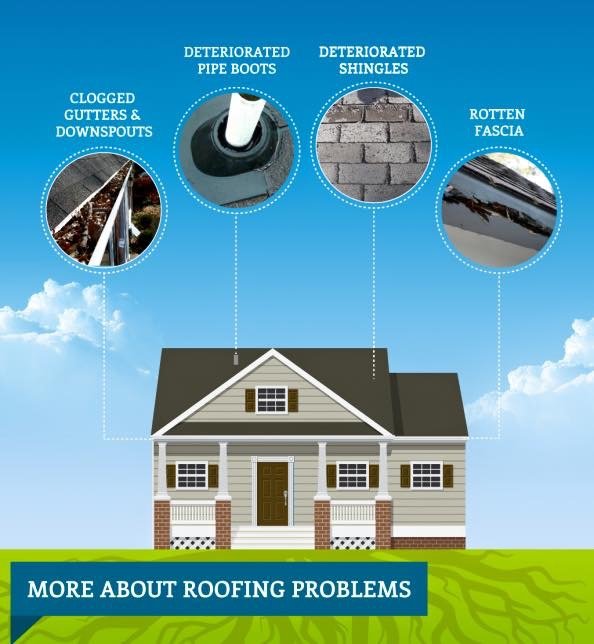Discovering The Financial Ramifications Of Solar Panel Configuration: Is It A Prized Possession Financial Investment?
Discovering The Financial Ramifications Of Solar Panel Configuration: Is It A Prized Possession Financial Investment?
Blog Article
solar panels installation cost Composed By-Storm Fog
When thinking about the costs of solar installation, you might question the upfront investment required and whether it lines up with the possible long-term benefits. Understanding the complexities of these expenses and the different factors affecting the total return can shed light on the value proposition of transitioning to solar energy. By evaluating both the first configuration costs and the projected financial savings gradually, you can acquire insight into whether the investment in solar installation holds guarantee for your economic future.
Preliminary Configuration Expenses
When considering the costs of solar installation, the preliminary configuration expenses play a crucial duty in your decision-making process. These ahead of time costs include the cost of solar panels, inverters, mounting tools, and setup labor.
The rate of photovoltaic panels can vary relying on the brand, effectiveness, and size you pick. Inverters are important for converting the sun's power into usable electrical power and be available in different kinds such as string inverters, microinverters, and power optimizers, each with its very own cost ramifications.
Mounting equipment, such as shelfs and rails, is needed to securely mount photovoltaic panels on your roofing system or residential or commercial property.
The setup labor expense covers the specialist setup of the planetary system, guaranteeing that everything is set up properly and successfully. Bear in mind that while these first setup costs might seem high, there are typically rebates, tax incentives, and funding alternatives offered to help balance out the prices and make solar setup much more budget-friendly in the long run.
Long-Term Financial Savings Analysis
To recognize the financial benefits of solar installment gradually, it's vital to carry out a thorough lasting cost savings evaluation. While the first arrangement expenditures of photovoltaic panels might seem difficult, the lasting savings can outweigh these costs significantly. By using the power of the sunlight to generate electrical power for your home, you can possibly conserve countless bucks on your energy expenses over the life-span of your planetary system.
Among the essential factors to consider in a lasting financial savings evaluation is the decrease in your electrical power expenses. With photovoltaic panels, you can produce your power, minimizing or even removing your dependence on the grid. This can lead to significant savings, specifically as utility prices continue to rise.
In addition, lots of governments supply rewards such as tax credits and refunds for installing solar panels, additionally improving your long-lasting cost savings. By benefiting from these incentives and optimizing your solar energy manufacturing, you can appreciate significant economic benefits for years to find.
Roi Calculation
Thinking about the monetary benefits of solar setup, it's time to assess the Roi (ROI) computation. Establishing Visit Webpage includes comparing the complete expenses of setting up a solar system with the financial benefits it produces over its life-span.
To compute ROI, divide the net benefit from the system by the complete investment cost and increase by 100 to obtain a percentage. The ROI formula is: (Net Profit/ Total Amount Investment Price) x 100.
For instance, if the total cost of installing a solar system is $20,000, and over its life-span, it produces savings and profits totaling $30,000, the net profit would be $10,000. Splitting this by the total investment price of $20,000 provides a proportion of 0.5. Increasing this by 100 offers an ROI of 50%.
Generally, a higher ROI suggests a more financially rewarding financial investment. Aspects like federal government motivations, upkeep costs, and power price variations can impact the ROI of solar installments. Recognizing the ROI assists in analyzing whether buying solar energy deserves it in the future.
Final thought
Finally, understanding the costs of solar installation is important for establishing if it is worth the investment. By considering first configuration expenses, conducting a long-term cost savings analysis, and calculating the return on investment, you can make a notified choice about the economic worth of solar power. With the potential for minimized utility bills and enhanced energy freedom, buying solar installation can be a smart option for both your wallet and the atmosphere.
